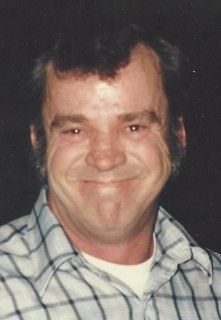Plant bulbs now for spring beauty

JACKSON, Mo. – Nothing spells spring like blooms peeking out from the depths of winter.
Planning and planting in fall will reward gardeners with blooms in spring, says Donna Aufdenberg, University of Missouri Extension horticulturist.
During a recent MU Extension Integrated Pest Management Town Hall, Aufdenberg gave tips on how gardeners can buy and plant bulbs now for future enjoyment.
- Know your growing zone. The USDA’s map of plant hardiness zones helps identify which plants will thrive in each region. Missouri growing zones range from 5b to 7a. Visit planthardiness.ars.usda.gov.
- Buy from a trusted source. Ask gardening friends for suggestions on reliable sources.
- Consider soil type. Most bulbs don’t do well in high-moisture, heavy clay soils.
- Consider color combinations. Some prefer colors on opposite ends of the color spectrum, while others prefer complementary colors.
- Plan for blooms throughout spring. By choosing a variety of early, mid- and late- blooming bulbs, gardeners can expect spring color over an extended period.
- Plant in groups. For the best splash of color, avoid single bulb placement. “Plant 12 or more bulbs in one area for that ‘pow’ effect,” says Aufdenberg.
- Protect bulbs.
- Darwin bulbs generally produce dependable blooms.
- For best results, buy bulbs now and put in a dry, cool place until planting after the third week of October. Bulbs need about 12 weeks of soil temperatures below 38 F to bloom. Plant bulbs when the soil is cool; otherwise, bulbs will sprout and not do well in spring. Planting bulbs in the fall allows them to establish healthy root systems needed for the plants to flower in the spring.
- Plant most bulbs at a depth of about 2-3 times their height, with the pointy end facing skyward. Use a slow-release organic fertilizer like bone meal, which contains phosphorus needed to establish roots.
- After the soil has cooled, mulch beds to protect bulbs throughout the winter.
- Consider how the dead foliage of bulb plants will look. It is tempting to cut dying foliage, but don’t do it, says Aufdenberg. The foliage nourishes the bulb below for the next year, so it is best to maintain the foliage as long as possible.
Learn more from the free MU Extension guide “Spring Flowering Bulbs: Daffodils” (G6610) at extension.missouri.edu/g6610.
Aufdenberg and other horticulturists offer tips on gardening during MU’s Integrated Pest Management’s Garden Hour. MU Extension horticulture specialists present timely gardening tips during the free virtual sessions, which are livestreamed Wednesdays from noon to 1 p.m. Register at ipm.missouri.edu/TownHalls or view recordings of past sessions at youtube.com/c/MUIPM.
Miss Clipping Out Stories to Save for Later?
Click the Purchase Story button below to order a print of this story. We will print it for you on matte photo paper to keep forever.

